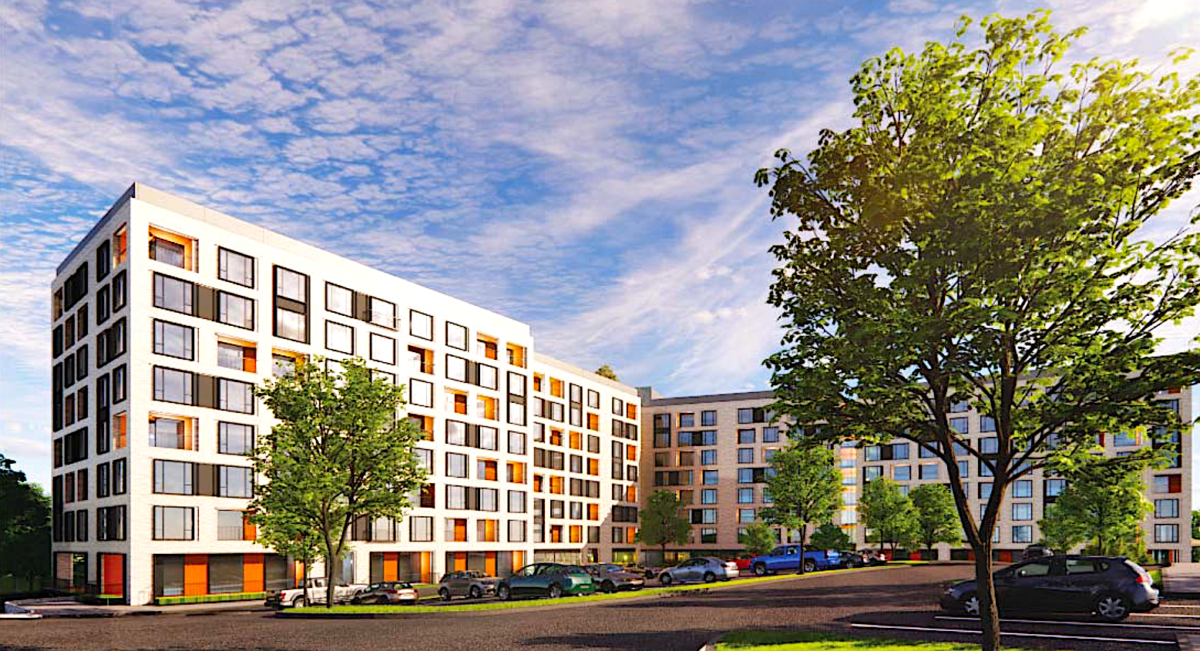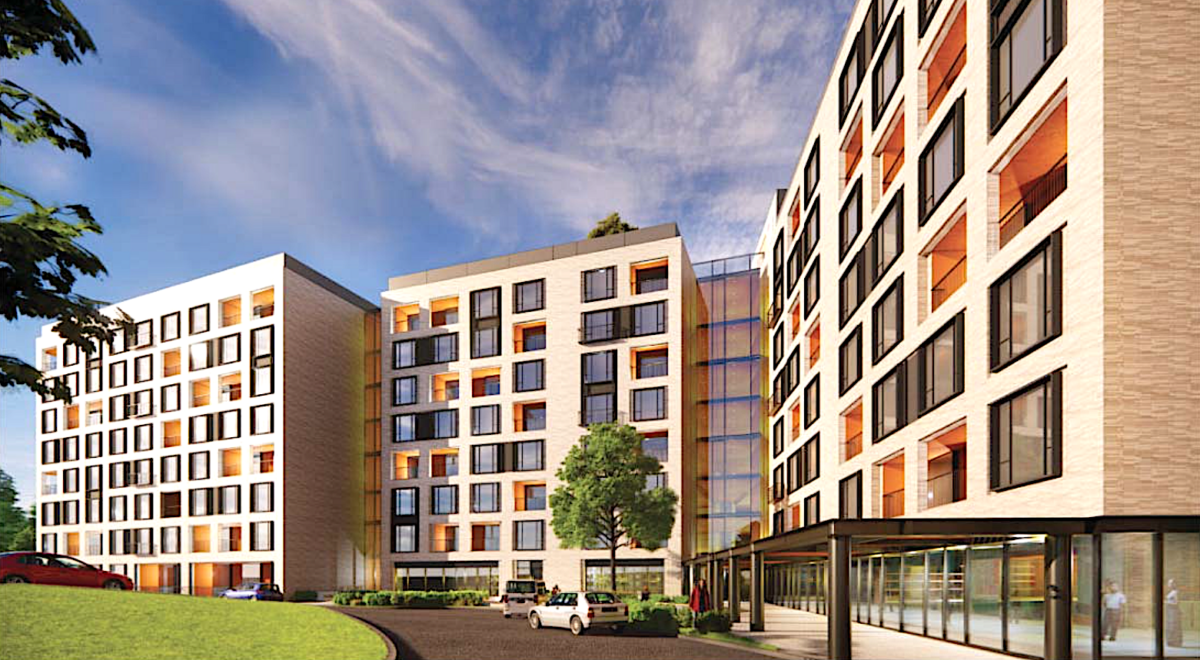While preparing for the opening of its new Berkemeier Living Center designed to care for patients with Alzheimer”™s and other dementia issues, Mount Vernon’s Wartburg was busy seeking the city’s approval for changes to a proposed eight-story independent living building. Wartburg provides a wide range of services to both residents living on its 34-acre campus and people in their own homes. The services include independent living, assisted living, nursing home care, rehabilitation and more.

The Berkemeier Living Center is located at a site on Wartburg’s campus where the Berkemeier Auditorium used to stand. It was designed with a total of 64 residential units, 32 private and 32 companion suites.
A few weeks ago, David J. Gentner, Wartburg’s president and CEO, announced that John Schuster, who has been with Wartburg for 20 years has been named administrator of the Berkemeier Living Center. Gentner also announced that Maria Provenzano, who has been with Wartburg since 2015, will follow Schuster as administrator of the assisted living facility Meadowview on the Warburg campus.
A proposal for a new independent living building originally was presented to Mount Vernon officials at the same time the new Berkemeier Living Center had been proposed. On Sept. 8, 2021, Mount Vernon’s Planning Board approved the site plan for an eight-story senior independent living building with 210 units. The building was planned to have 135 parking spaces both at grade and in a parking structure. Ground was broken for the Berkemeier Living Center in March of last year, but construction of the independent living building did not begin.


Now, Wartburg has developed an amended site plan that is characterized as being generally similar to what was previously approved, but with 225 residential units rather than 210. While adding 15 units, the revised plan reduces the number of parking spaces from 135 to 84, a decrease of 51 spaces.
Richard Rosen from the architectural firm Perkins Eastman told Planning Board members that while the total number of units increases with the new plan, the mix of units has been changed to decrease number of the largest two-bedroom units while increasing the number of studio and one-bedroom units to provide a greater number of apartments that would be affordable to more seniors.
“The height has not changed, the basic footprint of the building is the same,” Rosen said. He explained that they found out that during Covid a lot of seniors were essentially confined to their apartments so the new plan introduces bigger windows and additional balconies. He said that the roof of a garage area would be made into an approximately 60 by 120 foot green space that would be open to everyone at Wartburg. He said there also would be a terrace on the roof of the building providing a seating area and space where people could socialize. He said that on a good day there would be a good view of New York City from the roof area. He said that there would be protective railings and the seating area would be away from the edges of the roof.
“We’ve opened up the building a little bit, made it a little bit more open at the entrance and we’ve separated the building from two sorts of continuous bars into four pavilions with sort of light-filled glass lobbies between them,” Rosen said. “It makes it feel a little bit like a collection of smaller buildings and not a larger building.”
Gentner said that the architects have been able to shorten the walking distance between where the natural light comes into the building and the elevators, creating a more interesting building.
“We’re very sensitive to not impacting the neighbors,” Attorney William Null of the White Plains-based law firm Cuddy & Feder said. He pointed out that the shadows expected to be cast by the new building are the same or lesser than what studies had shown for the previously approved building. Null explained that reducing the number of parking spaces to be provided helps make the building more affordable for seniors and makes sense since many seniors who will live there will no longer drive their own vehicles.
“We reevaluated what it made sense to do to have this building come to fruition,” Null said.
Gentner said that Wartburg plans to add an additional vehicle to those currently used to provide transportation for residents and it probably will be another town car. He added that they also are looking into insurance requirements for a program that would provide vehicles for seniors to reserve and drive themselves.
“We want to provide like a small fleet of electric cars for people who don’t want to own a car, but if you want to reserve a car there would be one available,” Gentner said. “Even seniors who have cars we find sometimes don’t even drive them. They just want to know that it’s there.”
Null said that he’s worked on a number of senior housing projects over the decades and found it’s fairly common for the cars of residents to just sit unused.
“It’s a matter of feeling independent and giving up your independence when you give up your car,” Null said. “If they have alternatives of the electric vehicles and some other town cars to get them to shopping or otherwise our hope is that will address the apparent need and the actual need.”




















